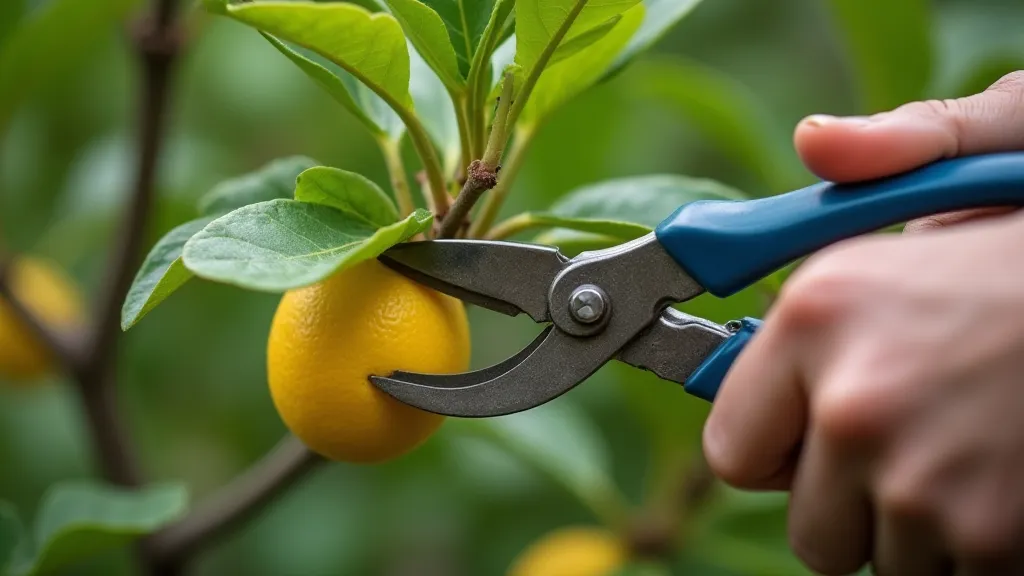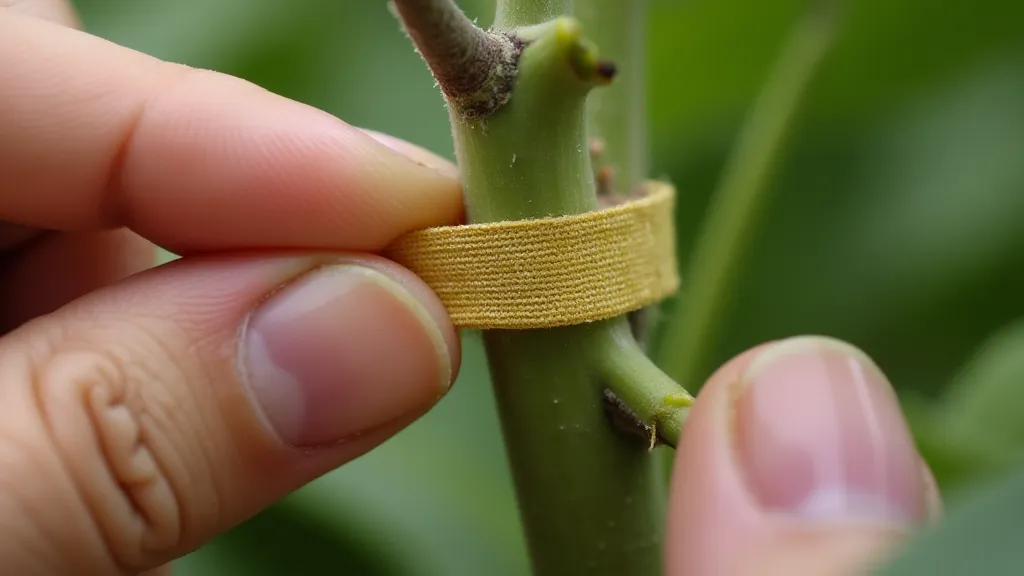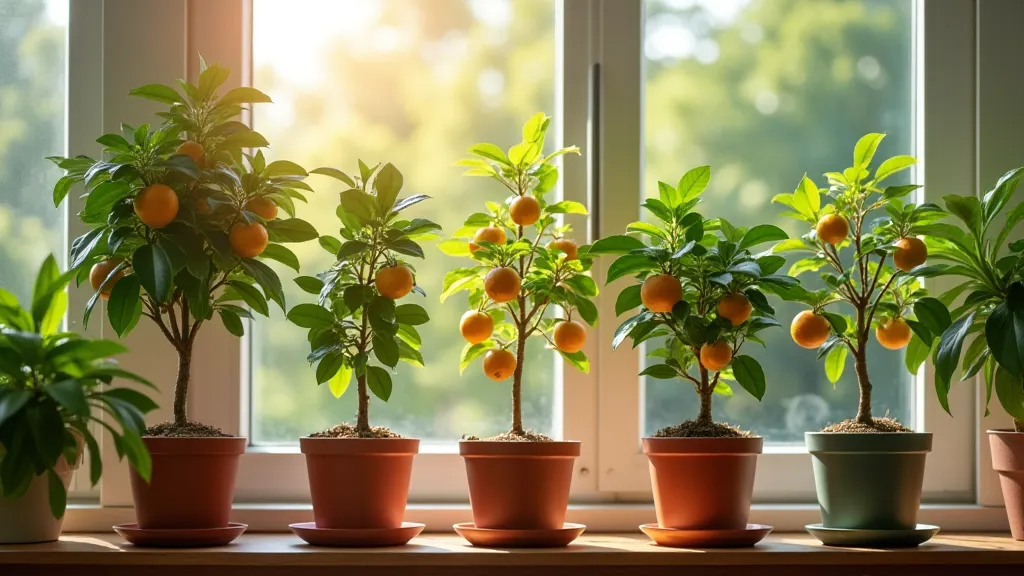Propagating Dwarf Citrus Trees: Expanding Your Collection
Growing dwarf citrus trees indoors is a wonderfully rewarding experience. But what if you want more? Propagating your existing trees allows you to create new plants, share your love of citrus with friends, and expand your indoor citrus collection without buying new trees. This guide explores two primary methods: propagation from cuttings and grafting, outlining the steps and considerations for each.
Before diving into propagation, it's essential to ensure your trees are healthy and receiving optimal care. Factors like soil quality and proper watering significantly impact a tree’s ability to propagate successfully. Choosing the right choosing the right citrus for your space, considering size and light requirements, is also the first step to ensuring a thriving collection, ready for propagation.
Propagation from Cuttings: A Challenging but Rewarding Method
Propagating dwarf citrus trees from cuttings is notoriously difficult, but with patience and the right conditions, it's possible. Citrus trees are generally not easy to root from cuttings, but some varieties root easier than others. Lemons are particularly difficult to root, while some limes might have a slightly better success rate. Generally, the success rate is low, often under 10%, so don’t be discouraged if your first attempt fails. It's also vital to ensure you’re utilizing the correct potting soil and soil mix, as a nutrient-poor medium can hinder root development.
Taking the Cutting
1. Timing is Key: The best time to take cuttings is usually in late spring or early summer when the tree is actively growing.
2. Select a Healthy Stem: Choose a young, pliable stem, roughly 4-6 inches long. Avoid stems with flowers or fruit. A stem that is a bit thicker than a pencil is ideal.
3. Make the Cut: Use sharp, clean pruning shears to make a clean cut just below a node (the point where a leaf or bud grows from the stem). A clean cut minimizes the risk of disease.

Rooting the Cutting
1. Remove Lower Leaves: Remove the leaves from the lower half of the cutting. This prevents them from rotting in the rooting medium.
2. Rooting Hormone (Optional): Dip the cut end of the cutting into rooting hormone powder or liquid. This encourages root development, although some people have success without it.
3. Rooting Medium: Place the cutting in a well-draining rooting medium, such as a mix of perlite and peat moss, or vermiculite. A small pot with drainage holes is essential. Using a suitable best soil for indoor dwarf citrus trees can dramatically improve the chances of successful rooting, providing essential nutrients and aeration.
4. Humidity & Warmth: Cover the pot with a clear plastic bag or place it in a humidity dome to create a humid environment. Keep the cutting in a warm location (around 70-75°F / 21-24°C).
5. Moisture & Patience: Keep the rooting medium consistently moist but not soggy. Rooting can take several weeks or even months. Check for root development by gently tugging on the cutting – resistance indicates root growth.
Troubleshooting Cuttings: If you find your cuttings are failing, consider factors like humidity levels. In drier climates, increasing humidity around the cuttings is essential. Consistent watering, ensuring the rooting medium doesn't dry out completely, is also vital. A consistently damp, but not waterlogged, medium encourages root development. Furthermore, remember that while some citrus varieties are more amenable to cutting propagation, others are simply more challenging and may require alternative methods.
Grafting: A More Reliable Propagation Method
Grafting is a more reliable way to propagate dwarf citrus trees, especially if you want to replicate a specific variety. Grafting involves joining two different citrus plants together - the scion (the desired variety) and the rootstock (usually a hardy, disease-resistant variety). It’s a process that combines the desirable traits of two different plants - the flavorful fruit of a specific variety with the robust root system of a hardy rootstock.
Understanding the Terminology
Scion: The top portion of the grafted plant, containing the desired citrus variety.
Rootstock: The bottom portion of the grafted plant, providing the root system.
The Grafting Process (Simplified Overview)
1. Rootstock Preparation: You’ll need a young rootstock plant, often grown from seed or a cutting. It should be healthy and vigorous.
2. Scion Selection: Choose a healthy scion from your desired citrus variety, ideally taken from a mature, fruiting branch.
3. Making the Cuts: Precise cuts are crucial for a successful graft. There are various grafting techniques (e.g., whip and tongue, cleft graft), each with its specific cutting method. Mastering the craft of grafting takes practice, and understanding the nuances of different techniques is key to success.
4. Joining the Plants: Carefully align the cut surfaces of the scion and rootstock and bind them securely with grafting tape or rubber bands. Ensuring a tight and secure union is paramount for the graft to take.
5. Post-Graft Care: Keep the graft union protected from drying out and keep the humidity high. After a few weeks, the scion should start to grow, indicating a successful graft.

Why Grafting is Preferred for Citrus
Grafting ensures you get the exact variety you want, which can be important for specific fruit characteristics or disease resistance. It also often results in faster fruiting compared to propagation from cuttings. Furthermore, grafting can circumvent the lengthy process of growing a citrus tree from seed, as the scion will often produce fruit much sooner than a seed-grown tree. This allows you to enjoy your desired citrus fruits in a shorter timeframe.
Comparing Propagation Methods & Optimizing for Success
While both methods offer a pathway to expanding your citrus collection, they present distinct challenges and advantages. Cutting propagation demands patience and a keen eye for detail. It's most successful with certain varieties and requires meticulous attention to environmental factors like humidity and moisture. Grafting, on the other hand, offers a higher success rate and a guaranteed replication of the desired variety, but requires a more advanced skillset and specialized equipment. Consider your experience level and the specific variety you wish to propagate when selecting a method. Even with grafting, consistent essential lighting for indoor citrus is key to the grafted plant's overall health and vigorous growth.
Conclusion
Expanding your dwarf citrus tree collection through propagation can be a fulfilling journey. While cuttings can be challenging, grafting provides a more reliable method. With patience, careful attention to detail, and a little bit of luck, you can enjoy a thriving and ever-growing indoor citrus paradise.






